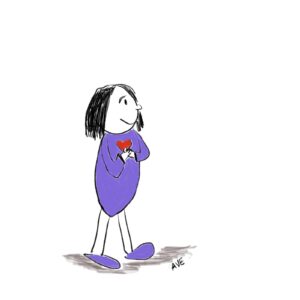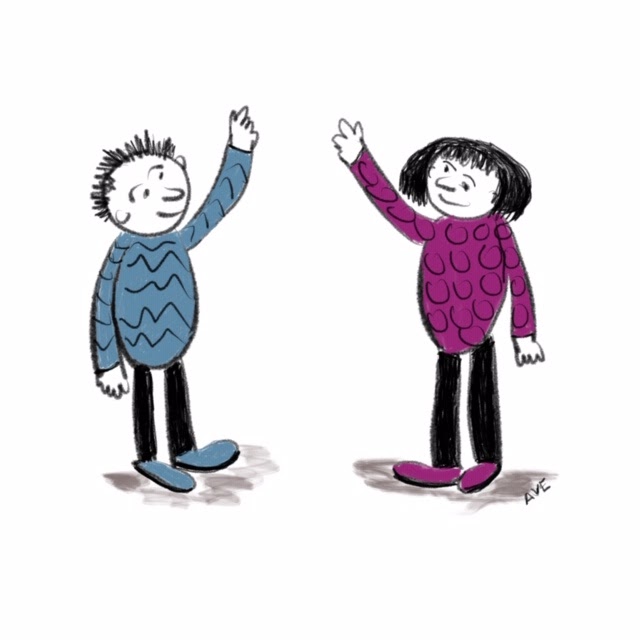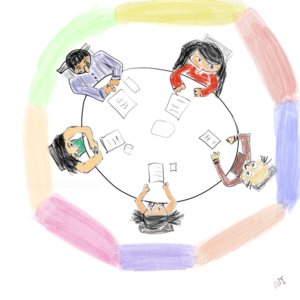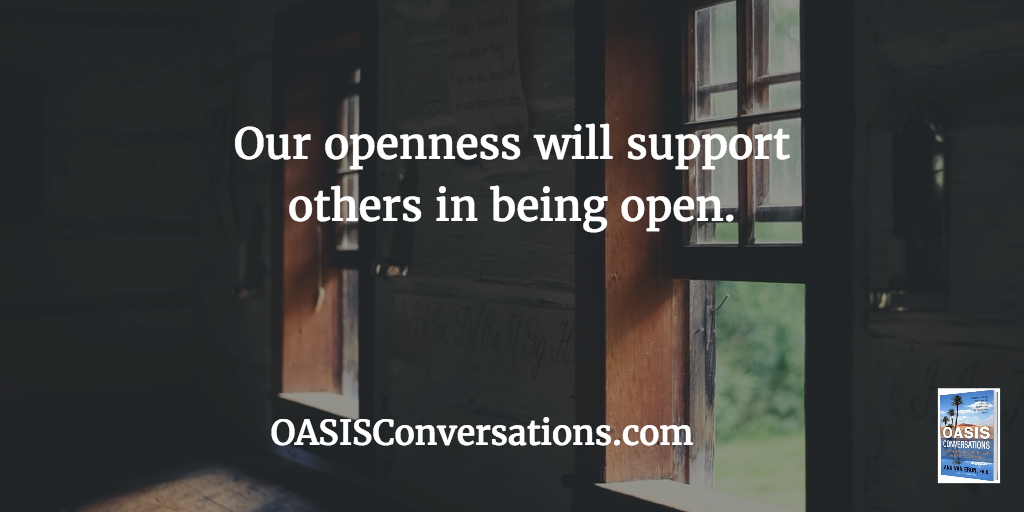
During these times of disruption it is critical to adopt an Open Stance. Being open is the path to resilience, well-being, and thriving. Being open is more than a mindset or just related to being available and present to our thoughts. We also need to have a felt sense of opening our hearts of compassion to our emotions and that of others. This open-hearted compassion is essential during times of uncertainty. Naturally, we react to what we perceive as potential danger. Our emotions are signals that we need to pay attention. Then we need to discern if, in fact, we are in danger at that moment and if action is called for. For example, Sherrie’s position was eliminated in her corporation. Her first emotions were distress and worry, and also anger. All of these emotions are real and need attention. She knew intellectually that she would be okay since she had saved money and was marketable. Rather than ignoring her feelings or being swallowed up in them, she became open and aware of her emotions and named them. She experienced warmth toward her mix of emotions. This supported her in being more responsive in her actions rather than just reacting.
As an ideal parent listens to a child when she has an upsetting experience, we can be open to our emotions and be compassionate. We simply need to listen and be attentive and open to our range of emotions. This self-compassion allows us to connect with the parts of ourselves that are experiencing emotion. We become better prepared to extend our compassion to others. We can appreciate that we are each responding to uncertain circumstances based on our conditioning and habitual patterns. It is natural to react, and we can practice turning an open heart to ourselves and others. We can learn and adopt new behaviors that will serve us in these times. To be an effective leader or human being, we need both an open mind and an open heart.
Our brain has different components or neural networks. Our rational brain is associated with our thinking mind. In contrast, our emotional or limbic brain is associated with our feeling heart. It is valuable to learn to recognize what is going on in our hearts and how we feel. Our emotional brain needs to work in tandem with our thinking brain. Fortunately, in recent years research on emotional intelligence has helped leaders, organizations, and some schools to promote the critical importance of understanding and valuing emotions.
Every organ in the human body generates an electric current and an electromagnetic field. The heart’s electric current is sixty times more powerful than other organs in the body and produces an electromagnetic field with a radius of 6-10 feet. This energy affects those around us. When we are at ease and in higher frequency emotions such as compassion, joy and peace we tend to impact those around us more positively and create a sense of connection and coherence. When we are in a state of anxiety or distress others will sense our incoherence and our negative emotions are contagious. According to Heartmath, coherence allows others to feel connected and at ease and incoherence creates disruption and anxiety. Our intention to be open to ourselves and others in a non-judgmental way will create a sense of connection and coherence. This may be experienced at a conscious or non-awere level. It is valuable to practice connecting with our hearts and having the intention of being open-hearted. We can simply move our attention from our heads and thoughts to our hearts and imagine being open to ourselves, others and what is.
An open-hearted person shows humility and continues to be open to new ideas and others no matter their level in an organization or hierarchy. They generally are confident in who they are and do not see others and their opinions as threats. They are not defensive but open to learning. This creates a positive environment at home or in the workplace.
An open heart is about being compassionate, sincere, and acknowledging the value of emotions. An open-hearted person is typically warm, kind, and welcoming to others and creates real connections. An open mind supports thinking differently (i.e., opening to new thoughts and ideas). An open heart supports feeling differently (i.e., allowing feelings of compassion and empathy for others). Both are interrelated and needed for effective and positive outcomes.
[More to come in the forthcoming book Open Stance: Thriving Amidst Uncertainty.]



 Our upbringing and experiences influence how we see the world, our mindset and how we behave. We each interpret things in a different way. When someone challenges our perspective we easily become defensive and argue for why our view is correct.
Our upbringing and experiences influence how we see the world, our mindset and how we behave. We each interpret things in a different way. When someone challenges our perspective we easily become defensive and argue for why our view is correct.
